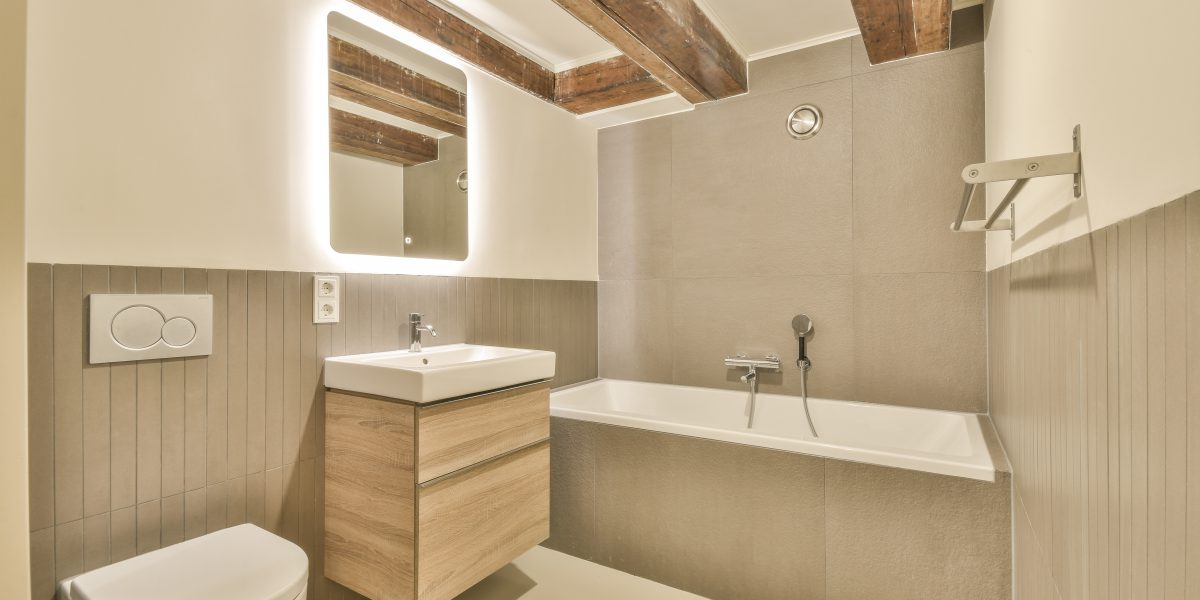A new bathroom can significantly improve your quality of life and home remodeling projects are growing in popularity. It is incredibly satisfying to be able to create a private mini luxury spa in your own home and having the opportunity to choose your own tiles, bathtub, vanity, and all related bathroom fittings.
However, fittings that are often overlooked, are light fittings. Many folks just install a heater and ceiling light combo and leave it at that. People often underestimate the important role that lighting plays in creating just the right ambience in your bathroom. There are so many options available, it will be worth your while investigating various options and not just settling for a standard ceiling light.
To make it easier, we have compiled a list of lighting features you can consider for your next bathroom remodeling project.
IP Rating
Also known as Ingress Protection Rating. The purpose of this rating is to declare the level of protection it has against dirt and moisture. It will inform you whether it is safe to use a certain type of lighting in your bathroom. Two numbers make up the IP rating: The first indicates how well it gives protection against dust and filth. The second number indicates the protection it offers against moisture. For example, when installing a light fixture at a distance of 2.25m above your bathtub or shower, you will need an IP 44 rating bulb and/or fixture. Different installations throughout the bathroom may require various IP ratings, therefore it is advisable to consult your electrician.
Direction of Lighting
Your bathroom lighting will often face upward or downward depending on the shade of your light. A light facing downward will give direct lighting to an area where brighter light is needed. Lighting that faces upward will often create a softer and general light to the entire room. A bathroom with great light balance will usually have a combination of upward and downward angle lighting.
The vanity lights in your bathroom are where downward lighting is most often needed. These lights will illuminate your face and limit shadows. In contrast, accent lights frequently face upwards or in opposite directions to draw attention to distinctive architectural features, treasured ornaments, or other elements of your bathroom.
Bulb Options
Most popular and for optimum illumination, use LED bulbs in the bathroom. Bulbs between 9 to 13 watts provide the best light strength. Vintage lights with exposed filaments are fast becoming very popular. Although these Edison style bulbs are more expensive, they do add a stylish feature to your bathroom, when teamed with the right fixtures. They don’t make very good vanity lighting, but they certainly do look fabulous!
Fitting Options
Lighting around the vanity is important to create enough light for specific tasks. It is important to position the fixtures correctly to avoid casting shows on your face. Lights installed only on one side of a mirror doesn’t create the right light, and adds shadows. The best way to install vanity lighting is on either side of the mirror. Downlights are also important, but not necessarily to replace vanity lighting.
Small bathrooms can have sufficient light with just a vanity light and a few downlights. Even under-bench lighting can suffice. Bigger bathrooms however should have added light fixtures, creating a more intriguing and layered lighting effect. In addition to this, you may want to consider installing upward facing lights to draw attention to a specific eye-catching feature, like a stand-alone bathtub. Add hanging pendants for a touch of luxury and elegance.
During your next bathroom remodeling project remember not to underestimate the role lighting plays in setting the perfect mood for your new bathroom. Get in touch with expert bathroom remodeling contractors that will understand the importance of perfect lighting features. Darek & Sons Remodeling is one such company that has ample experience to help you create the bathroom of your dreams.






